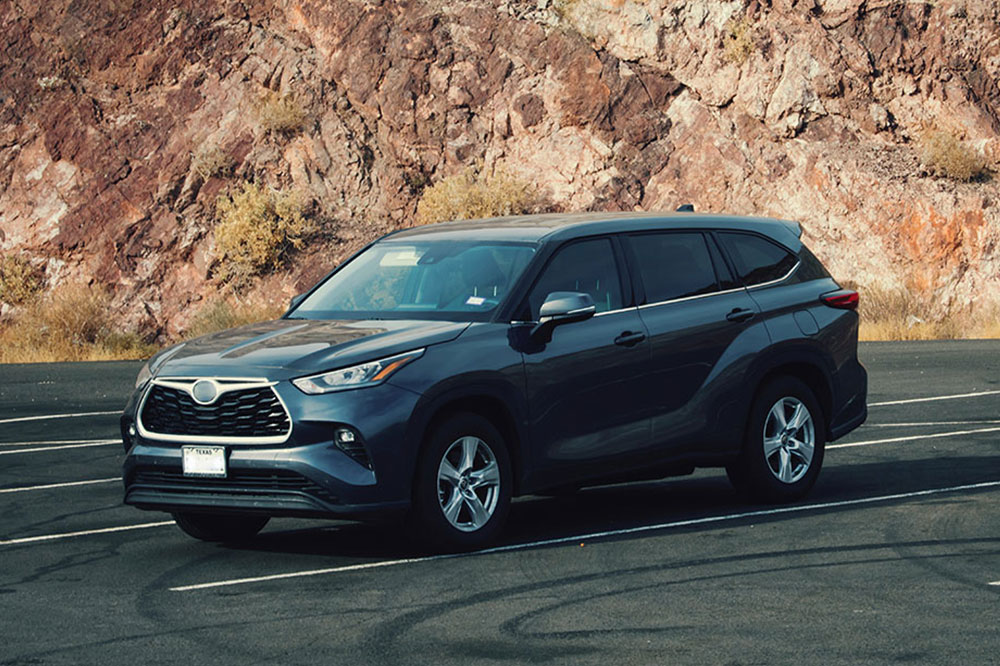Key features of the 2019 Toyota Highlander

Despite the launch of its 2020 variant, the 2019 Toyota Highlander remains one of the most popular midsize three-row SUVs in the market. Complete with a sturdy exterior, high-end interior, and the masterful Toyota craftsmanship that is present throughout, the SUV is among the first choices for everything from family adventures to running an errand. If you’re planning to buy the 2019 Toyota Highlander, then here are some important features and specifications that you should know about:
Performance features
The 2019 Toyota Highlander is a classic blend of spacious comfort and stylized innovation that most buyers look for in an SUV. With 44.2 inches of legroom in the front row and 38.4 inches of legroom in the second row, the interior is comfortable, luxurious, and makes riding in style a reality. All trim variants of the Highlander are powered by a 3.5-liter V6 engine, except the base model LE, which is equipped with a 2.7-liter, four-cylinder engine. It features tie-down hooks and cargo lights to help you easily load and unload stuff. The SUV is also packed with many useful features such as high-beam headlights and radar cruise control to ensure the safety of passengers.
Safety features
Talking about safety, the 2019 Toyota Highlander is loaded with standard and innovative safety features. All trim variants of the 2019 Highlander are equipped with Toyota Safety Sense P (TSS-P), which includes pedestrian detection, autonomous emergency braking, and lane-departure warning signal with automatic steering correction. Buyers also have the option to upgrade the SUV to include the Toyota Safety Connect, which has features such as roadside assistance, or the Star Safety System, which includes multiple state-of-the-art safety features.
Technological features
Along with several basic technological features that are standard across SUVs today, the 2019 Highlander gives you the option to include more as per your preference. The interior comes with three-zone climate control to maintain the perfect temperature inside. The SUV is also equipped with Toyota Entune™, which provides infotainment through an eight-inch touch-screen display to make the drive a lot more fun.
Trim variants
Some of the trim levels that the 2019 Toyota Highlander offers are:
LE: This one is available in a 2.7-liter, four-cylinder engine with front-wheel drive. It can be upgraded to an all-wheel drive with a 3.5-liter V6 engine. It has an integrated back camera, USB ports, Toyota Safety Sense™, and other standard features. s
LE Plus: In addition to the basic features, the LE Plus comes with three-zone automatic climate control, SiriusXM® Satellite Radio, SofTex®-trimmed seats, a height-adjustable liftgate, and many more features.
XLE: It comes with features such as the Smart Key system, Entune™ multimedia system with an integrated suite of applications, and more. The 3.5-liter V6 engine remains standard across all variants except the LE.
SE: This variant features alloy wheels that measure 19 inches. Available in both front-wheel drive and all-wheel drive formats, it comprises LED headlights and many other features.
Limited : This comes with features such as a blind-spot monitor (BSM), rear cross-traffic alert (RCTA), and heated and ventilated front seats, among others.


